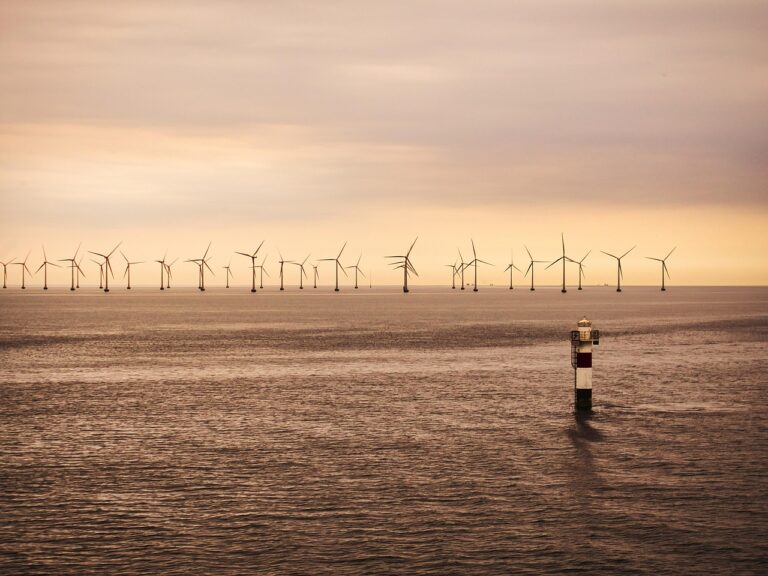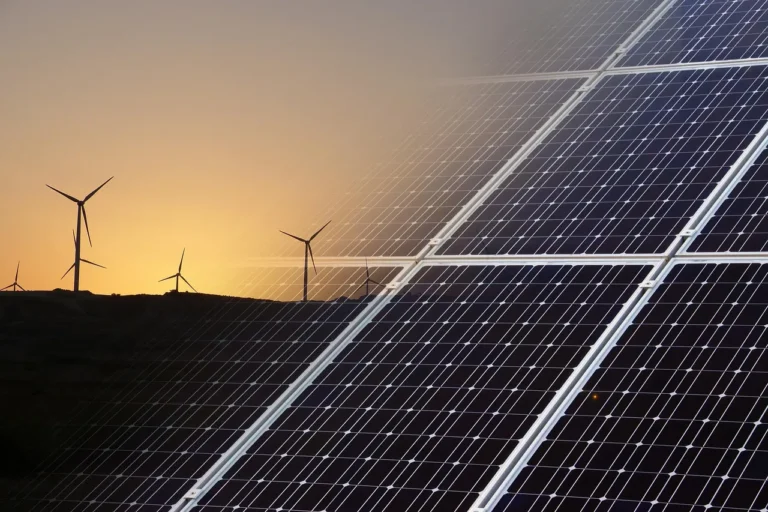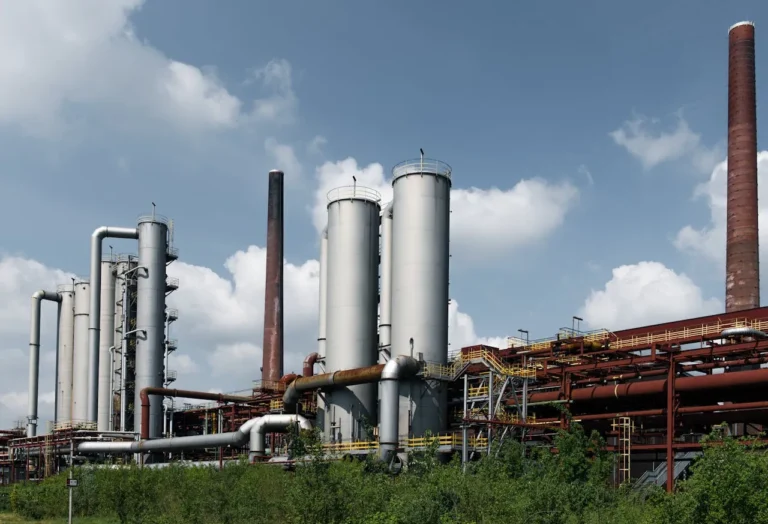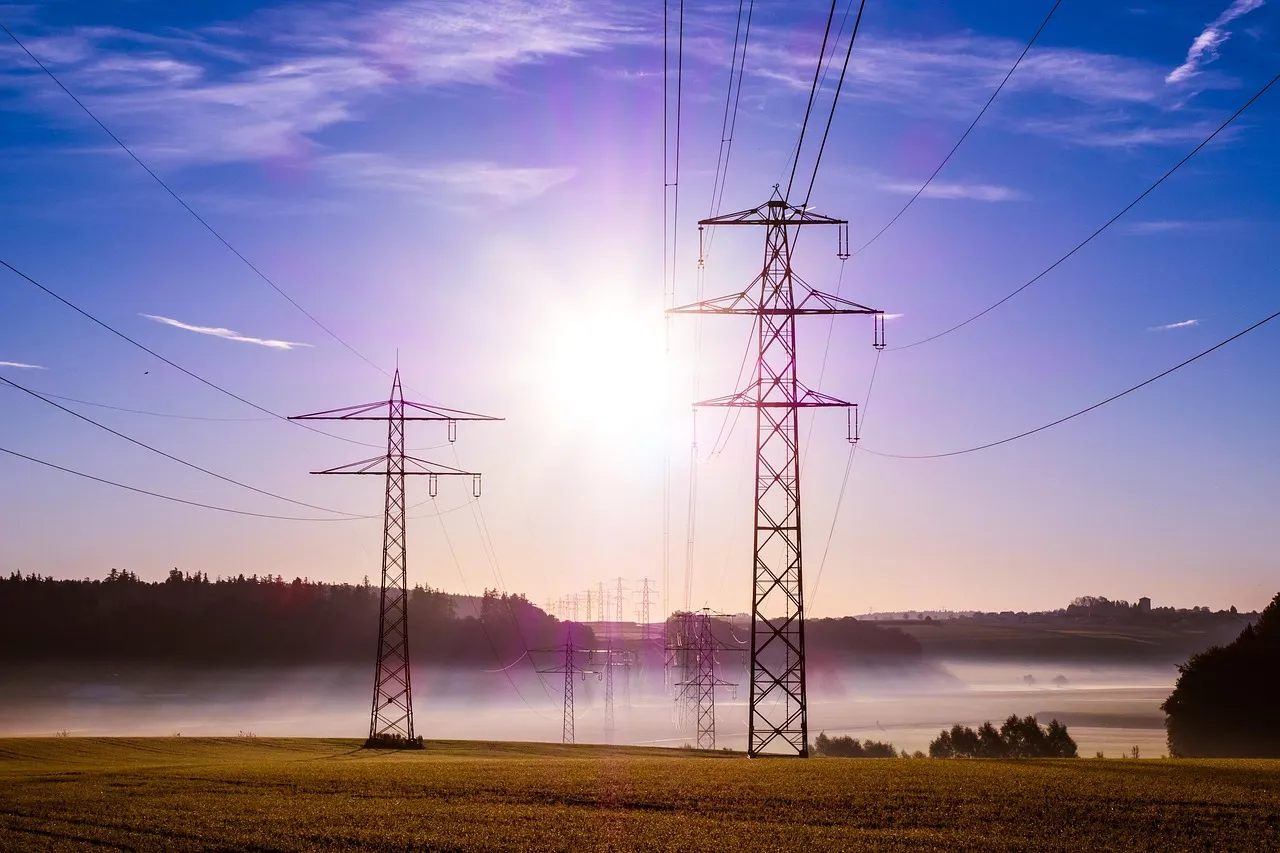
Sunrun’s Virtual Power Plant Programs End 2024 with Major Expansion and Innovation to Strengthen U.S. Power Grids
Sunrun, the leading provider of clean energy as a subscription service, made a significant impact on the national power grid in 2024. Its rapidly growing portfolio of virtual power plants (VPPs) has supported energy systems across the country, reaching an extraordinary combined instantaneous peak of nearly 80 megawatts—surpassing the capacity of many traditional fossil-fuel power plants. This achievement highlights the remarkable potential of Sunrun’s innovative energy programs that leverage residential solar and battery systems.
Sunrun’s VPPs are the largest fleet of residential solar and battery systems in the U.S., and in 2024, these systems were utilized to augment power resources during critical energy events. The company’s efforts are a testament to how decentralized energy storage solutions can support grid reliability and the transition to a clean, sustainable energy future. These VPPs allowed Sunrun customers to generate, store, and share their solar energy, helping to ensure energy stability during times of peak demand and grid strain.
A Record Year for Sunrun’s Virtual Power Plants
More than 20,000 customers participated in 16 virtual power plant programs in 2024, spread across nine states and territories. From California to Texas, Puerto Rico to New England, these customers’ batteries provided on-demand stored solar energy to help power grids remain stable during critical moments. The collective impact of these programs is substantial, demonstrating the important role that renewable energy can play in securing the future of U.S. energy systems.
“Our virtual power plant portfolio is at an inflection point,” said Sunrun CEO Mary Powell. “We have the resources and expertise to quickly develop, deploy, and scale programs that provide smart, controllable load. Solar plus storage is a powerful combination that offers American families energy independence and peace of mind while supporting the grid when it’s needed most.”
The growing reliance on renewable energy sources, like solar, is crucial in light of several challenges facing the country’s power grid. Extreme weather events and growing electricity demand underscore the need for alternative solutions to support grid resilience. The North American Electric Reliability Corporation has raised alarms about the risk of blackouts in over half the U.S. in the next decade due to capacity shortfalls. As the electrification of the economy accelerates, with sectors like AI, domestic manufacturing, and data centers driving up demand, ensuring grid stability becomes even more critical.
Sunrun’s virtual power plant programs play a vital role in meeting this demand. According to the Department of Energy, the load from data centers has tripled in the past decade and is expected to double by 2028. This rapid growth only further highlights the need for innovative solutions like VPPs.
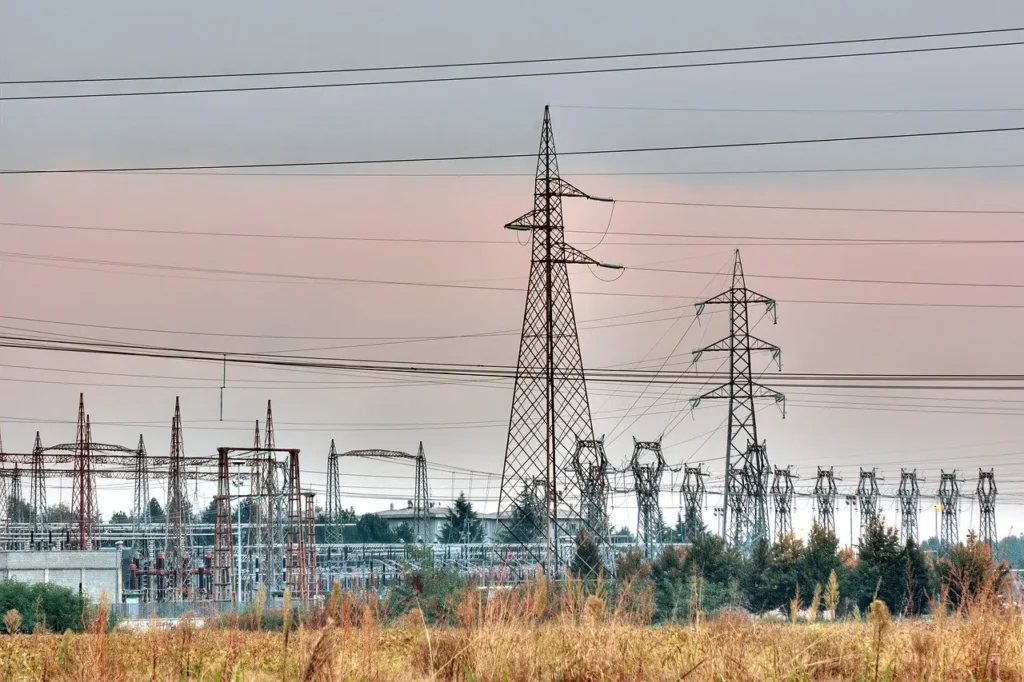
Sunrun’s VPPs: Demonstrating Grid Reliability and Sustainability
The success of Sunrun’s virtual power plant initiatives in 2024 showcases the ability of distributed solar storage to enhance grid reliability, reduce harmful emissions, and lower costs for electricity customers. Some of the standout achievements in the past year include:
California: In California, over 16,000 Sunrun customers participated in the state’s CalReady program, which is the largest single-owner virtual power plant in the nation. This program saw an average of 48 megawatts of stored solar energy delivered to the grid during peak evening hours in the summer months. The output even peaked at 54 megawatts, enough to power approximately 48,000 homes—equivalent to a city the size of Santa Monica. By harnessing residential solar energy in this way, Sunrun’s program helped to reduce the pressure on the grid during high-demand periods.
Puerto Rico: Puerto Rico also benefited from Sunrun’s virtual power plants, with over 4,000 customers participating in the PowerOn Puerto Rico program. These customers’ batteries provided vital backup energy to the island’s grid during more than 70 energy shortfall events. Sunrun’s quick response was critical in helping to avoid rolling blackouts and keep power flowing to communities across Puerto Rico, even when given as little as an hour’s notice.
Texas: In Texas, Sunrun partnered with Tesla Electric, a retail electricity provider operated by Tesla Energy Ventures, and Vistra to create two virtual power plants. The Tesla Electric program, still in the process of growing, uses home batteries to provide energy reserves during peak consumption. Sunrun customers who participate in the program receive annual payments, currently set at $400 per Powerwall. Sunrun also earns recurring revenue from the program. The partnership with Vistra provides customers with additional financial incentives and credits.
New York: In New York, Sunrun activated the state’s largest residential virtual power plant in collaboration with Orange & Rockland Utilities, Inc. Over 300 solar-plus-storage systems provided stored solar energy during peak demand events in the summer. Participating customers received either free or heavily discounted home batteries in exchange for their participation in the 10-year program, while Sunrun received upfront payments from Orange & Rockland Utilities.
Maryland: In Maryland, Sunrun launched the nation’s first bidirectional electric vehicle-to-home virtual power plant, in partnership with Baltimore Gas and Electric Company (BGE). This program, which utilized customer-owned Ford F-150 Lightning electric trucks, was the first of its kind in the U.S. Customers earned several hundred dollars by sharing energy from their vehicles, helping to power homes and communities. BGE received Department of Energy grant funding to create the program, and Sunrun played a key role in developing and operating this groundbreaking initiative.
“My wife and I earned nearly $1,700 just by sharing the energy from our Ford Lightning,” said Sunrun customer Brian Foreman. “It’s exciting to be an early adopter of this technology, and making extra money with our electric truck is just an added bonus.”
A Vision for the Future
Sunrun’s success in 2024 highlights the potential of virtual power plants as a solution for addressing the growing demands on the nation’s grid. As the company expands its programs and integrates more solar-plus-storage systems, it is laying a strong foundation for future energy-sharing opportunities. With more than half of new Sunrun customers installing storage solutions, the company is well-positioned to scale these programs further in the coming years.
“Sunrun is executing its virtual power plant strategy at a scale that is unmatched,” said Paul Dickson, Sunrun’s President and Chief Revenue Officer. “We’re excited to monetize more battery assets and secure additional, recurring revenue streams in 2025. With over half of new Sunrun customers installing storage, we’re building the foundation for future programs that deliver value for our customers, benefit the grid, and generate revenue for Sunrun.”
In addition to the value created for Sunrun’s customers, these power-sharing programs benefit the grid and contribute to a cleaner, more sustainable energy future. By increasing the number of distributed energy systems that can be networked together, Sunrun is helping to create a more resilient and decentralized energy network that can withstand the challenges of rising demand and extreme weather events.
“Sunrun is the industry leader, and we’re proving that every utility can and should have a virtual power plant program,” said Chris Rauscher, head of Grid Services at Sunrun. “Our largest and most successful programs are in Puerto Rico and California—places with vastly different power grids—but both equally benefiting from Sunrun customers’ solar-plus-storage systems being networked together to augment supply. I want to thank our amazing team which has turned the dream of VPPs into a reality.”






